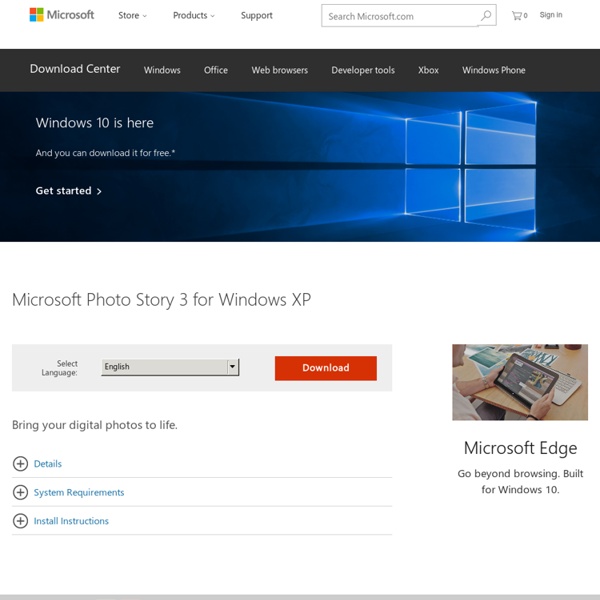



SOLO SOLO Literacy Suite Research & Case Studies Resources Pricing Request A Quote | SOLO Writing Coach SOLO is a literacy suite of the most popular assistive technology accommodations, including a text reader, graphic organizer, talking word processor, and word prediction. The new version (SOLO 6) was completely redesigned to be simple to use, yet powerful for students who struggle to read and write. For these students, SOLO 6 places all of the right tools at their fingertips. The accommodations in SOLO put students in charge of their own learning. SOLO 6+ includes brand new versions of our top accommodations (also available separately): Text Reader Provides access to all of the new eBook formats required in IDEA, and also includes an accessible web browser. Talking Word Processor Provides a simple interface, text-to-speech, and writing tools that help students focus on writing. Super Easy Interface Fully redesigned for ease of useNo log-in requiredTrain one tool at a time WE WANT SOLO!
Discovery Box Homepage ffDiaporama Computer Hardware Software is any set of machine-readable instructions that directs a computer's processor to perform specific operations. A combination of hardware and software forms a usable computing system.[2] Von Neumann architecture[edit] Von Neumann architecture scheme. Different systems[edit] There are a number of different types of computer system in use today. Personal computer[edit] Hardware of a modern personal computer Inside a custom-built computer: power supply at the bottom has its own cooling fan. The personal computer, also known as the PC, is one of the most common types of computer due to its versatility and relatively low price. Case[edit] The computer case is a plastic or metal enclosure that houses most of the components. Power supply[edit] A power supply unit (PSU) converts alternating current (AC) electric power to low-voltage DC power for the internal components of the computer. Motherboard[edit] The motherboard is the main component inside the case. Expansion cards[edit] Fixed media Input
Babylon 9 Translation Software and Dictionary Tool Helicopter Parent A helicopter parent (also called a cosseting parent or simply a cosseter) is a parent who pays extremely close attention to a child's or children's experiences and problems, particularly at educational institutions. Helicopter parents are so named because, like helicopters, they hover overhead. Origins[edit] The term "helicopter parents" is a pejorative expression for parents that has been widely used in the media. The metaphor appeared as early as 1969 in the bestselling book Between Parent & Teenager by Dr. It gained wide currency when American college administrators began using it in the early 2000s as the Millennial Generation began reaching college age. Literature[edit] See also[edit] References[edit] External links[edit]
Automatoon- Easy Animation For The Web! Differentiated instruction Differentiated instruction and assessment (also known as differentiated learning or, in education, simply, differentiation) is a framework or philosophy for effective teaching that involves providing different students with different avenues to learning (often in the same classroom) in terms of: acquiring content; processing, constructing, or making sense of ideas; and developing teaching materials and assessment measures so that all students within a classroom can learn effectively, regardless of differences in ability.[1] Students vary in culture, socioeconomic status, language, gender, motivation, ability/disability, personal interests and more, and teachers need to be aware of these varieties as they are planning their curriculum. Brain-Based Learning[edit] Differentiation finds its roots and is supported in the literature and research about the brain. As Wolfe (2001) argues, information is acquired through the five senses: sight, smell, taste, touch and sound. Pre-assessment[edit]
Tagxedo - Word Cloud with Styles Special Education Special education programs in the United States were made mandatory in 1975 when the United States Congress passed the Education for All Handicapped Children Act (EHA) in response to discriminatory treatment by public educational agencies against students with disabilities. The EHA was later modified to strengthen protections to people with disabilities and renamed the Individuals with Disabilities Education Act (IDEA). The federal laws require states to provide special education consistent with federal standards as a condition of receiving federal funds. IDEA entitles every student to a free and appropriate public education (FAPE) in the least restrictive environment (LRE). Implementation through cooperative federalism[edit] Special education programs at the district level are structured upon a cooperative federalism model and therefore governed by both state and federal law. IDEA is frequently described as a model of cooperative federalism. See 34 CFR 300.17 Related services[edit]
Performance beyond expectations - executive summary
Very short learning curve for most grade levels of students by intel_engage Mar 19
Great for student documentaries by intel_engage Mar 19